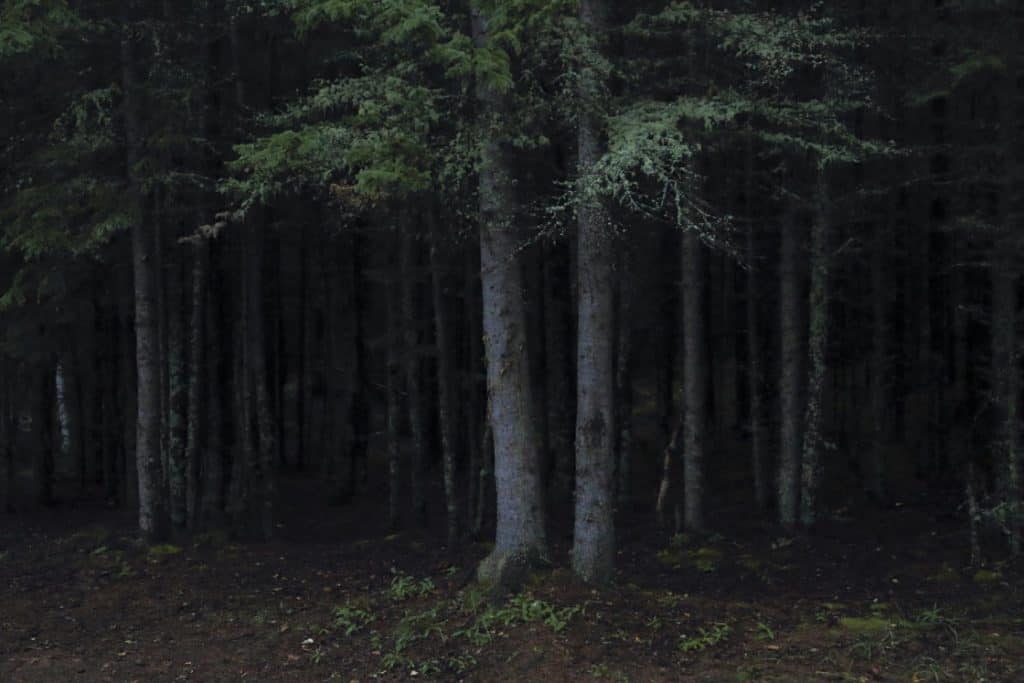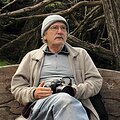Why do we photograph? It’s a simple enough question. There are a variety of reasons. Most landscape photographers will tell you that it’s in order to be outdoors and enjoy the natural world. I’ve never felt comfortable with that answer. Closer to the truth are artists who will tell you they cannot not do what they do. They don’t feel right if they’re not doing art periodically. They would paint even if not paid a single penny for their work or nobody ever saw it.
The answer to this question, I propose, is something called FLOW. Flow is a brain state that can be accurately described by neuroscientists as neuron activity, biochemicals, and pathways. It was recently defined and can now be graphed with EEGs, and quantified. But it was known by the ancients long before the word was coined and I prefer their understanding of it. Flow is a state of mental well-being achieved through heightened awareness. It’s a state of rapture. A religious person would describe it as a ‘state of grace’. However, it’s not one of heightened emotion, but rather one of inner peace. It’s less of a gasp and more of a sigh of contentment.
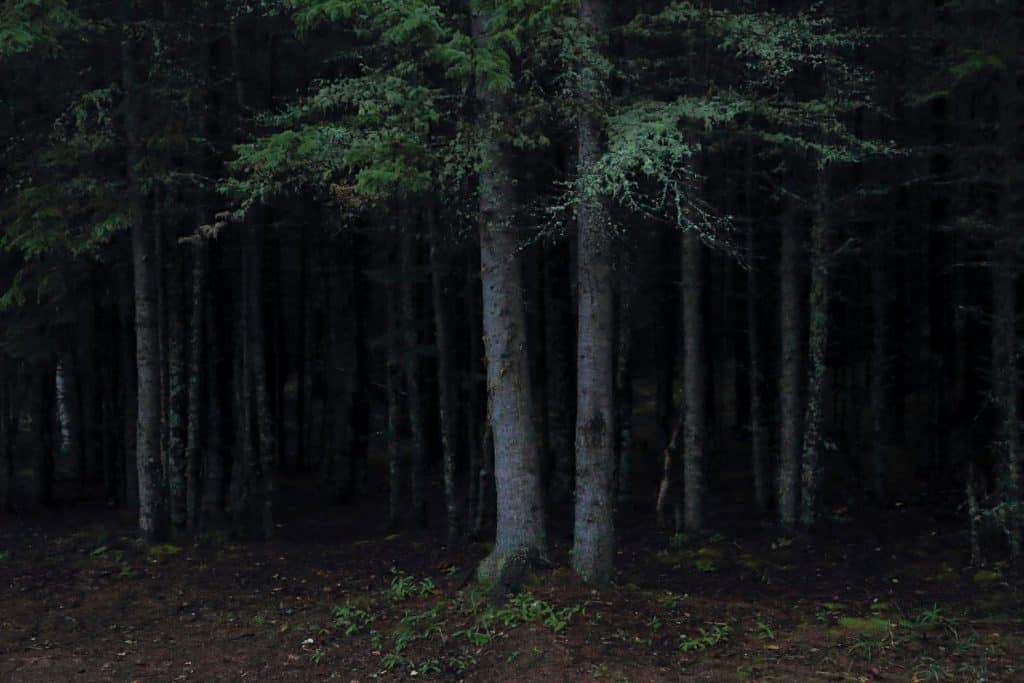
I believe that the mental state of flow is a requirement for all good landscape photography. Flow is achieved in photography through unwavering vision. It turns out that the greatest obstacle to good photography comes from the photographer itself. When we look we often don’t see. We see physically but don’t absorb beyond the eyes themselves. Our minds are bombarded by thousands of intrusions that interfere with seeing. Flow is a state reached when all of these intrusions are removed and we see with greater awareness. The intrusions may be an old mosquito bite, an unpaid bill, a memory of a remark that hurt, or even the analysis of the composition before you. Good compositions just feel right when you’re in a state of flow. In such a state the photographer should follow the advice to Luke Skywalker, “Feel the Force, Luke”, rather than think about leading lines, S curves, or the zone system.
One can conclude therefore that all great artists experience this flow. Did Michelangelo carve David in order to serve God, or did he do it for the money, or for fame? I believe it was for the pleasure he felt working on his masterpiece. Flow is an important state for artists because not only is it necessary to achieve great work but it rewards the artist in ways that few others can achieve.
You might conclude that flow is the source of creativity in photography, that it is the wellspring of creativity. That may sound reasonable but it’s not correct. Flow is the gatekeeper, not the source. Flow only opens the door and lets that which the outside within. It opens the communication lines between the outside and the inside. But it is more than just a windshield cleaner. It puts the mind in a state where it responds and processes what you see in a manner that uses your mind fully. It calms you down and alerts you at the same time. We see more than there is physically and our compositions become personal. The mark of a good photographer is to be able to open that gate at will.
A friend once asked me what was the point of making images if only a few people see them on social media and then they sit on your drive, that they are not displayed at galleries for the greater public to see. I hope the answer is clear now. Like Homer’s Odyssey, it’s not the destination that matters but the journey. The finished image of little importance. You can do whatever you want with it. Still, another friend told me that photography is less satisfying than the ‘real thing’. Capturing images of steep cliffs is less meaningful than actually scaling them because you are making a copy of reality whereas a mountain climber is experiencing reality. Such people misunderstand photography. Making the copy is not photography. Seeing the world intensely enough to interpret the copy that is made is the act of importance. Most photographers never get to this point and quit after a short time. That’s because they never really reach a state of flow and fully experience the creative aspects of the medium. There is little satisfaction in recording images.
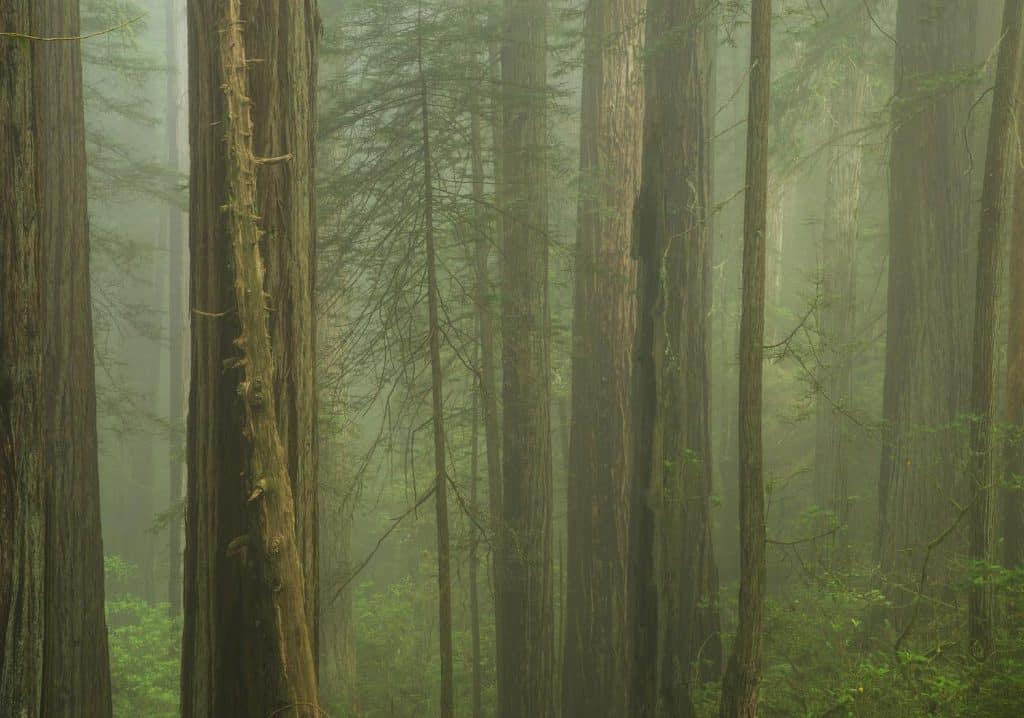
So how does a photographer actively pursue and achieve a state of flow? The process is actually closely related to meditation. The recorded brain waves of an individual experiencing flow have the same frequency as that in meditation. In meditation, you will recall, a practitioner concentrates on nothing (which is different than not concentrating) and when some other thought appears, it is recognized, cast aside, and attention is returned to nothing, the absence of thought. Photographers use the exact same process except with vision in place of nothing. You absorb what you see without emotion or judgment. Everything is given equal importance. When distracting thoughts appear you consciously turn away from them to what you see.
This sounds like a complicated process but, in fact, a photographic session will automatically lead you to a state of flow if done properly. When you start a shoot you are not in a state of flow but, done right with full concentration, each composition will take you deeper and deeper into a state of flow and the quality of the images will grow better and better. By doing it right I mean that you don’t interrupt the flow between images with a talk to your neighbor or a break for a smoke. This is a case where the longer you work the better the quality until you reach a state where the mind can no longer maintain the concentration required.
If this sounds difficult there is still another, easier way to reach a state of flow – shoot in the early morning. We all wake up in a state of flow and gradually lose it as the day wears on. The light is wonderful in the early hours as well, so good meaningful images come easier. The advantage of an early shoot is that you don’t have to work to get into the proper state of mind. You start out with it. Your images don’t get better during such a shoot. They’re good from the start.
If you’ve practiced meditation you know how difficult it is to reach that state of ‘nothingness’ when you first start. During a 30-minute session, you may only have 5 minutes of that state. However, if you meditate every day you soon are able to reach it in the first 5 minutes. The same is true with creative photography. Your first creative image may require a long time before you reach the necessary mental state. But if you shoot frequently then the quality of images comes much earlier during a shoot. This is why many of the great photographers are so good. Shooting frequently results in better images. Many photographers who attend multiday workshops think their images are improving because of what they have learned from the instructor whereas they are simply reaching better mental states by continually shooting.
Stress is the enemy of flow, perhaps it’s the greatest enemy. I became aware of this many years ago during my weekend excursions into the Sierras. I noticed that almost without exception the best images were shot on Sunday rather than Saturday. That was because the 5-hour drive to reach the mountains produced so much stress that reaching a state of flow was extremely difficult. It got to the point where I stopped shooting on the first day and just walked around, becoming visually acquainted.
The reverse is also true. Flow is the enemy of stress. Photography, done properly, has great therapeutic value due to the state of flow it induces. I’m actually surprised that it’s not used by people for this very purpose. People run to reach a runner’s high, a state of well-being achieved by physically exhausting yourself. Meditation, as noted above, is used to reduce stress and anguish in people. Photography can do all that and do it easily and naturally because people are curious by nature. They only need to have the right environment and the process goes by its own accord. It takes less discipline and the rewards are just as great.
And finally, I would like to discuss the relationship between image quality and flow. It’s logical to conclude that if flow is an important state to be in order to produce good work then one should be able to see by looking at an image whether the creator was in a state of flow. I believe this to be the case. I can think of only one notable exception to this at this time – Ansel Adams’ Moonrise over Hernandez which he saw from the corner of his eyes while driving. But this image’s power is from its symbolism. The composition is actually one that one would create during a quick stop. The following are two landscapes I shot, one was shot while in such a mental state and the other was taken when the view suddenly appeared out of nowhere. Can you tell the difference?
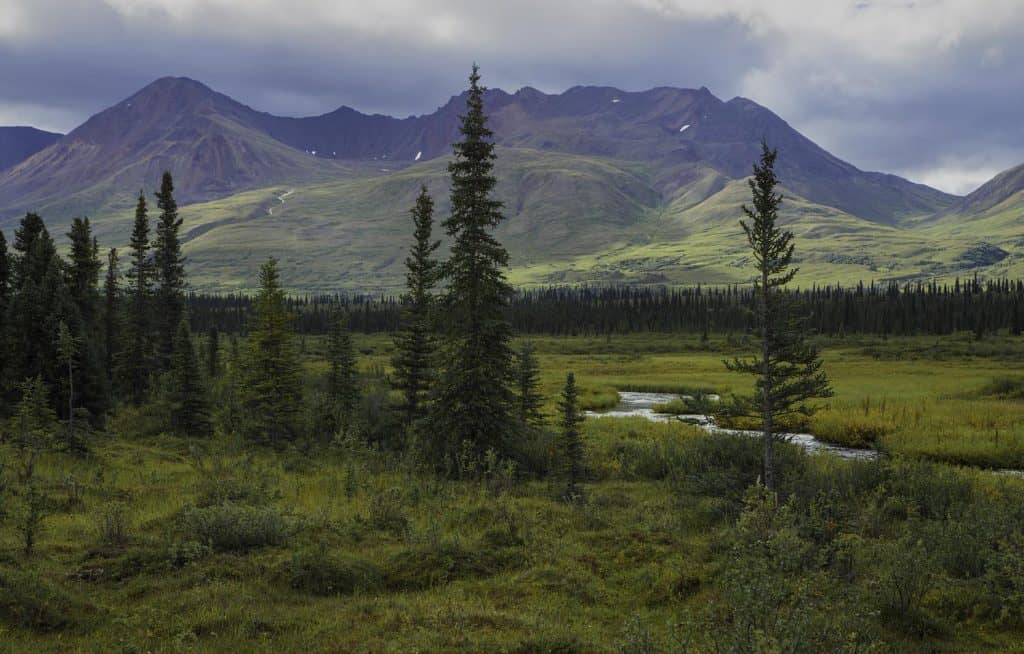
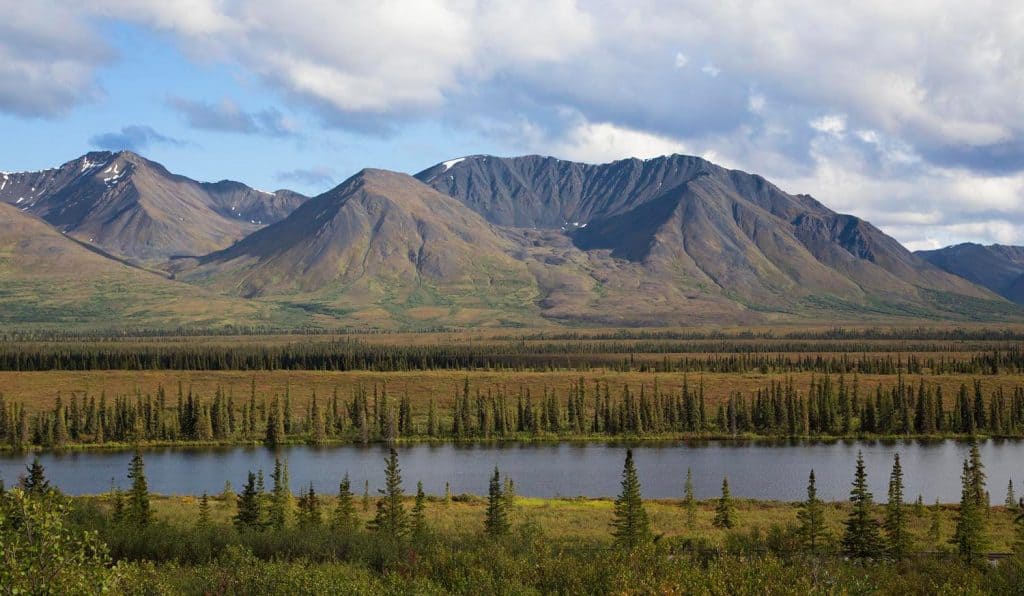
I believe that it is virtually impossible to do great work without being in a state of flow. However, being in this state does not mean that your image will be of great quality. You still need the skills to convey your vision to an image, whether they be technical or artistic. The other cause of failure is that flow can deceive you. Good photography is greatly about intuition. Since an important characteristic of flow is that is not judgmental you can ‘feel’ very positive about a vision but it itself be mediocre. In beginners this has to do with inexperience but seasoned photographers often trust their feelings and are led astray. The following image was taken when I was in a state of flow. I can tell when I’m in such a mental state now. I loved these rocks and felt they really showed the spirit of a desert. I was wrong. It is only a lovely picture but it tells little more than the characteristic appearance of the environment. I had an intuitive feeling about the place but it was more within me than what I actually saw. So, I believe that a state of flow is a requirement of good work but it doesn’t guarantee it.
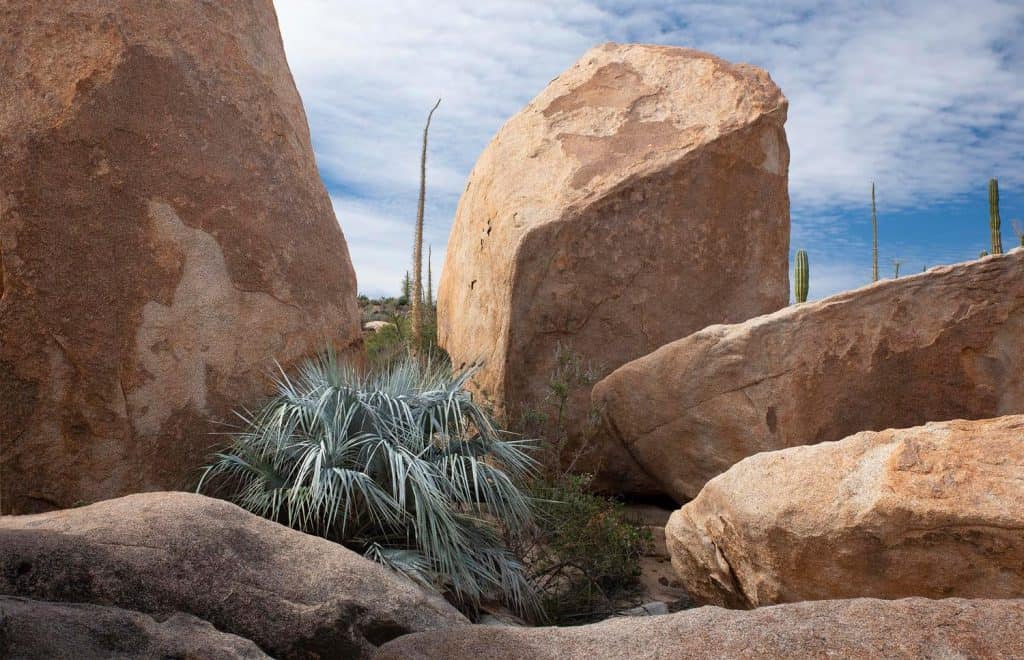
In summary, it may seem that knowledge of flow is interesting, enlightening, and can even be pleasurable. But there is a very practical side to all of this for us photographers. Given that flow is the key to your creativity I feel it’s important to know when you have it and to know how to attain it when you want it. It was my purpose in this article to help you achieve that.

